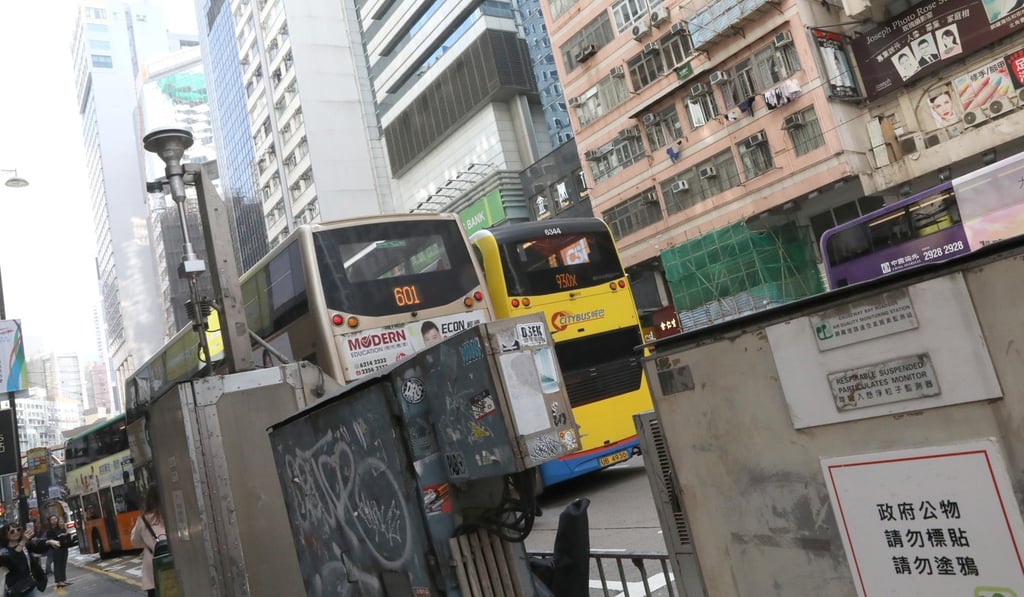Letters | Hong Kong’s clean air strategy will expire this year, but what will replace it?
- For years, the Hong Kong government’s policy to reduce roadside air pollution has fallen short of international benchmarks
- A new plan that sets out more ambitious targets, integrated across the different government departments, is sorely needed

The natural and built environment has become a leading factor in the risk to public health and the well-being of cities worldwide. Yet, these factors are not uncontrollable. Citizens and the public and private sectors should all take key steps to manage the risks.
Let’s start with data. Hong Kong has in the past invested in building air pollution monitoring stations. Since 1998, there has been no plan to further extend the roadside monitoring network. As a result, there are only three stations in the city that measure air pollution at the street level.
This is clearly not acceptable by today’s standards and given Hong Kong’s aspiration to become a smart city. The required resources, in terms of land and funds, to run a roadside air pollution monitoring station, are not huge. The Environment Protection Department should lead the process immediately.

The plan should have a clear timetable and measurable targets to be undertaken by each government department and bureau, including the Department of Health, the Transport and Housing Bureau, the Development Bureau and the Environment Bureau. This will help ensure the integration of disconnected policies with the common goal of safeguarding public health.